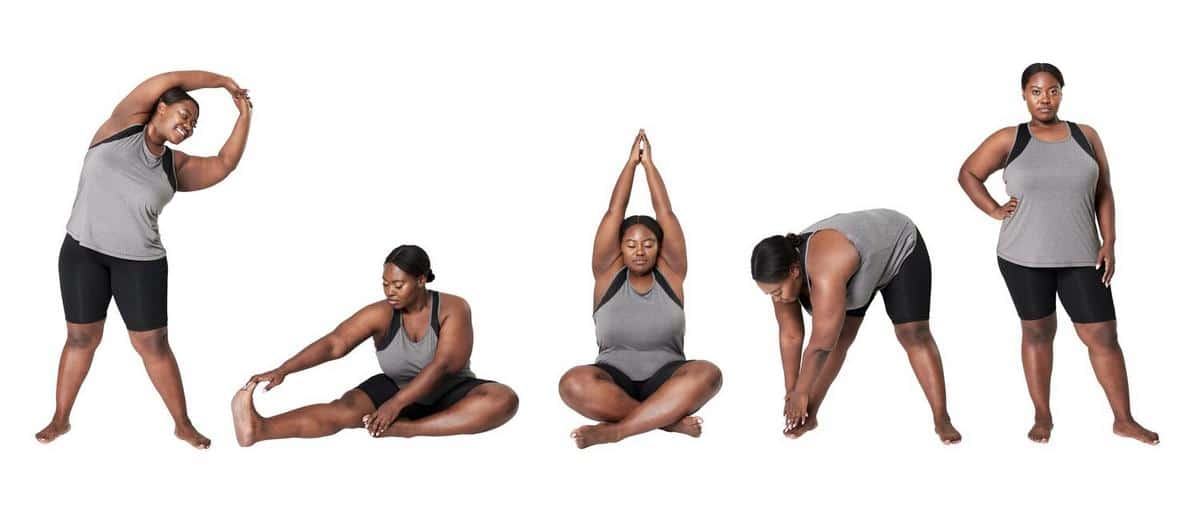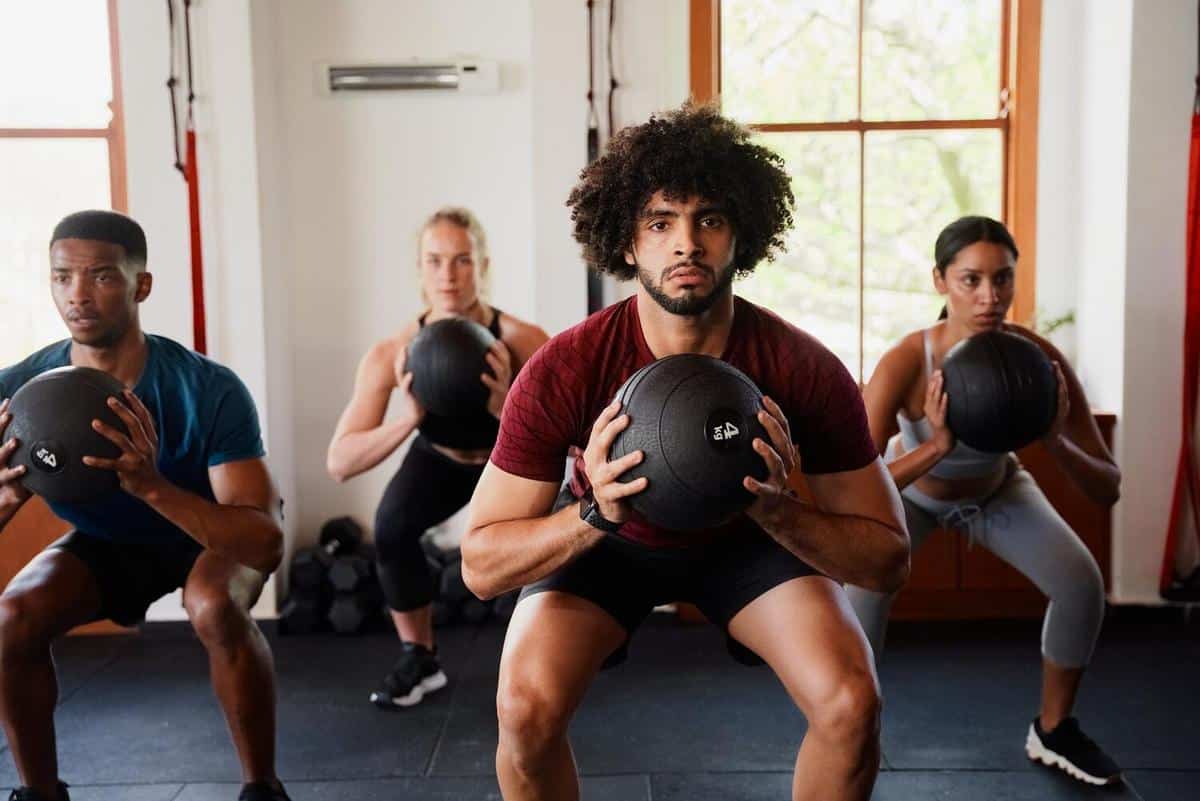
The Role of Yoga in Enhancing Athletic Performance
Yoga, a practice with ancient roots, has increasingly found its place in modern athletic training routines. As athletes seek ways to enhance their performance and maintain mental balance, yoga offers a holistic approach that can improve both physical capabilities and mental resilience.
The Intersection of Yoga and Athletics
Yoga is not just about flexibility or meditation; it’s a comprehensive practice that engages both the body and mind. Athletes from various disciplines have discovered that incorporating yoga into their training can lead to tangible improvements in their performance. According to renowned sports scientist Dr. Christine Quinn, ‘Yoga helps athletes by improving their range of motion, reducing injury risk, and enhancing mental focus.’
Why Yoga Matters for Athletes
Several studies have highlighted the benefits of yoga for athletes. Research conducted by the Journal of Sports Science found that athletes who practiced yoga regularly experienced increased flexibility and decreased muscle soreness. This can be particularly beneficial for sports that place high demands on the body, such as running, cycling, and swimming.
Personal Experience: A Runner’s Journey
Take the example of a marathon runner who integrated yoga into her routine. Initially skeptical, she soon noticed her post-run recovery times improved significantly, and her mental focus during races was sharper. She attributes this shift to the mindfulness and breathing techniques learned through yoga.
Actionable Tips for Athletes
- Start with basic poses like downward dog and warrior to build strength and flexibility.
- Incorporate breathing exercises to enhance lung capacity and focus.
- Attend a yoga class specifically designed for athletes to ensure appropriate guidance.
| Benefit | Yoga Practice | Impact on Athletes |
|---|---|---|
| Flexibility | Sun Salutations | Improves range of motion |
| Strength | Plank Pose | Builds core stability |
| Focus | Pranayama (Breathing) | Enhances concentration |
| Recovery | Restorative Yoga | Reduces muscle soreness |
| Balance | Tree Pose | Improves coordination |
| Injury Prevention | Triangle Pose | Strengthens muscles, reducing injury risk |
| Endurance | Warrior Series | Boosts stamina |
| Mental Resilience | Meditation | Enhances stress management |
Consider scheduling yoga sessions on rest days to maximize recovery and maintain flexibility without overexerting yourself.
External Resources
For those interested in exploring further, websites like Yoga Journal and MindBodyGreen offer extensive resources on yoga practices tailored for athletes.
Frequently Asked Questions
How often should athletes practice yoga?
Two to three times a week is ideal for most athletes, allowing enough time for recovery and integration into existing training schedules.
Can yoga replace traditional strength training?
While yoga can complement strength training, it is not a substitute. A balanced routine that includes both yoga and weight training tends to yield the best results.
Conclusion
Integrating yoga into athletic training routines can offer numerous benefits, from enhanced flexibility and strength to improved mental focus and recovery. Athletes willing to embrace this practice may find themselves not only performing better but also enjoying their sport more deeply. As more athletes explore yoga, the potential for improved performance becomes increasingly clear. It’s time to unroll the mat and see the difference yoga can make.


